Graphic design for T-shirt print emerged as a powerful medium during the pop culture explosion of the late 20th century, adding a splash of individuality to everyday attire. Back then, graphic T-shirts served as canvases for bold statements and artistic expressions, whereas today the options are limitless. Whether minimalist or elaborate, T-shirt graphic design channels creativity and delivers visual impact in fashion. Although initially perceived as casual and simple, it has evolved into an art form--making waves in contemporary wardrobes. Elevate your style with the following graphic design tips and craft a standout T-shirt print of your own.
Vector graphics
Vector graphics in T-shirt print design are an excellent choice for high-quality outcomes due to their scalability and precision. Unlike raster graphics, which can become pixelated or blurry when resized, vector images maintain crisp lines and vibrant colors irrespective of size changes, making them ideal for printing processes that often vary in scale. The use of vector-based software, such as Adobe Illustrator, allows designers to create complex illustrations and intricate patterns that can be layered, adjusted, and customized without losing any detail or clarity. This flexibility means vector graphics are not only perfect for bold, singular designs but also for intricate multi-color prints, enabling designers to play with gradients and shading, which add depth and dimension to the fabric, ultimately resulting in an eye-catching and professionally finished T-shirt.
Typography design
Graphic design for t-shirt prints with a focus on typography involves a meticulous blend of artistic flair and precision, transforming text into dynamic visual statements. Designers often play with typefaces, sizes, and layouts to evoke a specific mood or message, utilizing bold sans-serifs for a modern, edgy look or elegant serifs for a more classic, sophisticated feel. Creative use of negative space, color palettes, and texture can add depth and dimension, making the text appear three-dimensional or part of a complex illustration. Experimenting with angles, curves, and custom lettering can further enhance the design's uniqueness, ensuring the typography not only communicates effectively but also resonates with the wearer's personality or the brand's identity.
Print resolution
Print resolution in graphic design for t-shirts is paramount, as it directly influences the sharpness, clarity, and overall quality of the printed image. It is essential to work with a resolution of at least 300 DPI (dots per inch) for high-quality prints, ensuring that each dot of ink is packed densely enough to create crisp and detailed visuals. Designers must also carefully manage the size and scale of their artwork, especially when working with vector graphics, to maintain the integrity of intricate details during the printing process. Attention to color profiles, such as CMYK, ensures color accuracy from digital design to its physical form, while pre-press evaluations assist in adjusting the resolution to accommodate various fabric textures and absorbency rates, ultimately achieving a vibrant and durable print.
Color palette
In designing a graphic for T-shirt print, the color palette forms the cornerstone of the visual impact, evoking emotional responses and defining the overall aesthetic. A harmonized balance between contrasting hues like bold reds and deep blues can create a sense of dynamic energy, while softer, pastel tones invite a calm, tranquil feeling. The strategic use of monochromatic schemes allows a layered depth without overwhelming, employing varying shades of a single hue to build complexity. Incorporating complementary colors can enhance vibrancy and add a striking focal point to the design, converting a simple shirt into a wearable art piece.
Graphic layout
The design layout of a T-shirt print involves careful consideration of composition elements, such as symmetry, balance, and focal points. Placement plays a crucial role in drawing attention, often opting for the central chest or back area, although off-centered arrangements can add a trendy, asymmetrical appeal. Designers strive to maintain harmony between typography and imagery, ensuring they complement rather than compete with each other, sometimes using negative space creatively to enhance readability and focus. The choice of colors and textures must also account for the fabric's color and texture, as well as the print method employed, whether screen printing or digital printing, to ensure the final output is vibrant and true to the original design intent.
Screen printing
Screen printing, a traditional yet robust method for t-shirt printing, involves pressing ink through a mesh screen onto fabric to create vibrant, long-lasting designs. The process begins with preparing a stencil on a tightly stretched screen, typically made of silk or polyester, where each color requires a separate screen. Thicker layers of ink lead to more vivid and enduring graphics compared to digital printing, making it ideal for bold, uniform color patterns. Attention to detail in screen preparation, ink viscosity, and curing temperature ensures the finished product not only resists fading but also retains its intricate design crispness despite frequent washes and wear.
Design mockup
Design mockups for T-shirt prints are essential tools for visualizing and perfecting designs before they are sent to production, allowing designers to simulate how the artwork will appear on an actual garment. These mockups offer an opportunity to experiment with different color schemes, placements, and typography, helping to tailor each design element to the clothing's natural drape and texture. High-resolution digital templates are used to provide a realistic view of the design, including shadows, lighting, and fabric highlights, ensuring that logos and graphics seamlessly integrate with the shirt's contours for a polished final appearance. The tactile quality of fabric textures and the interplay of ink density enhance the mockups' authenticity, thus enabling designers to make informed decisions about their artistic choices, leading to higher quality, cohesive, and visually captivating finished products.
Image scaling
Image scaling is a crucial aspect of graphic design for T-shirt printing, as it directly impacts the visual quality and aesthetic appeal of the final product. Proper scaling ensures that the graphic maintains its integrity without distortion, pixelation, or loss of detail, thereby creating a seamless and polished look on the textile surface. Designers must carefully consider the dimensions and resolution of the original artwork in relation to the intended print size, factoring in the physical constraints of the fabric and the printing technology being used. By utilizing vector graphics or high-resolution raster images tailored to accommodate significant enlargements or reductions, designers can achieve crisp, professional results that remain consistent across various garment sizes and styles, thereby enhancing the overall consumer experience.
Shirt template
Designing graphics for t-shirt prints requires a meticulous approach that begins with the shirt template. This crucial framework sets the stage for how the final design will interact with the fabric, ensuring it not only looks striking on paper but also translates effectively to a wearable medium. Size, placement, and color schemes must be carefully considered, taking into account the folds and natural flow of the material when worn by different body types. Additionally, vector-based graphics are recommended for their scalability and resolution independence, allowing for seamless adaptation across varying template sizes and maintaining crisp, clear designs that pop against the garment's surface.
Ink saturation
Ink saturation plays a crucial role in the graphic design process for T-shirt printing, significantly impacting the vibrancy and longevity of the print. Designers must meticulously balance color profiles to achieve optimal saturation, ensuring that hues remain bold while preventing ink bleeding or dullness over time. Experimentation with different printing methods, such as screen printing versus direct-to-garment, can yield varying saturation results, necessitating careful testing and adjustment for each design. Additionally, fabric choice influences ink absorption rates, with tighter weaves enabling more controlled saturation, allowing designers greater precision in achieving their desired aesthetic.






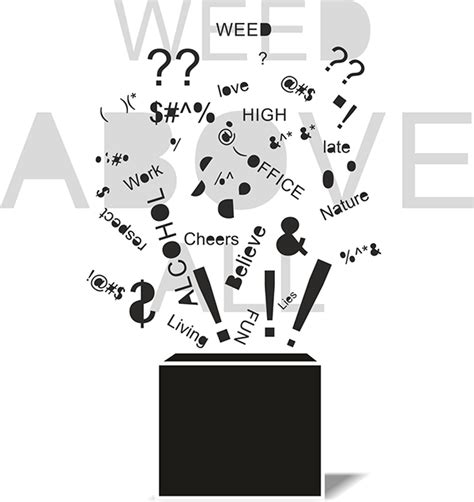

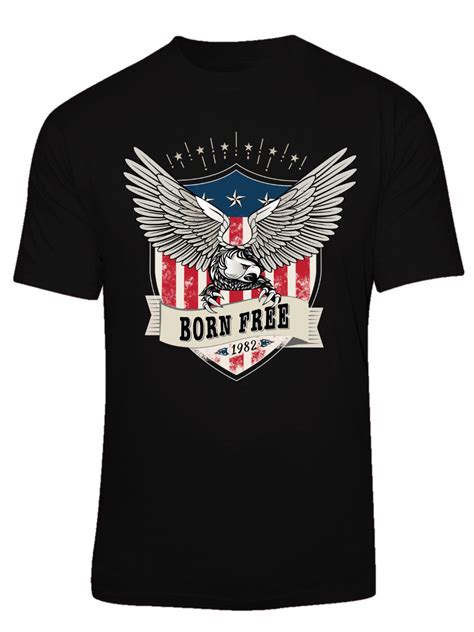
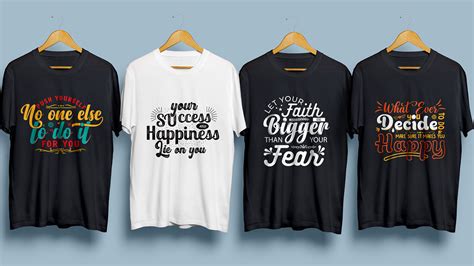
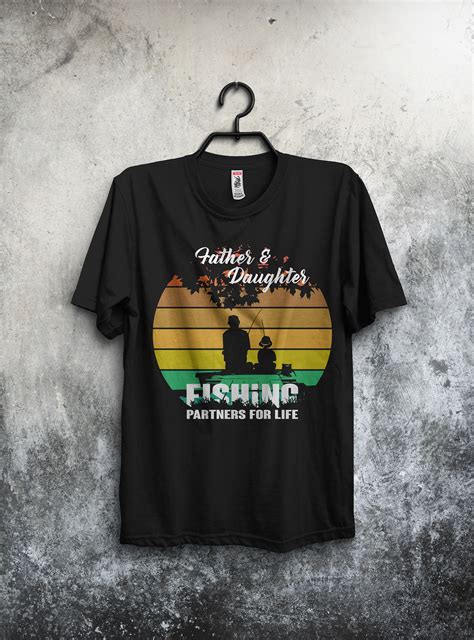
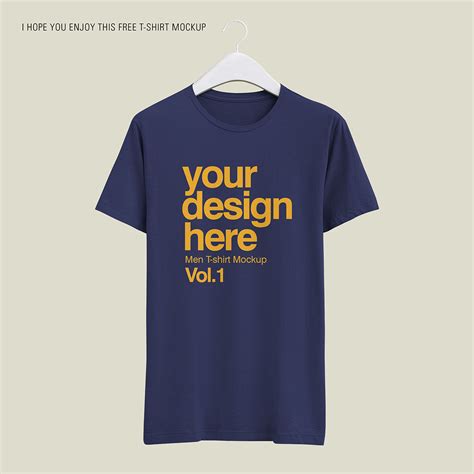
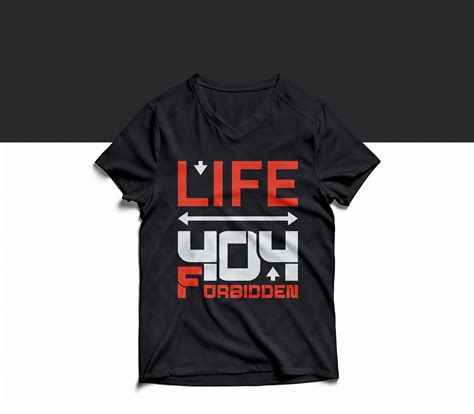
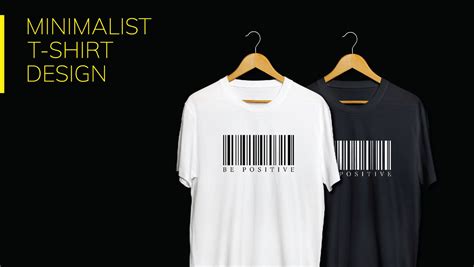
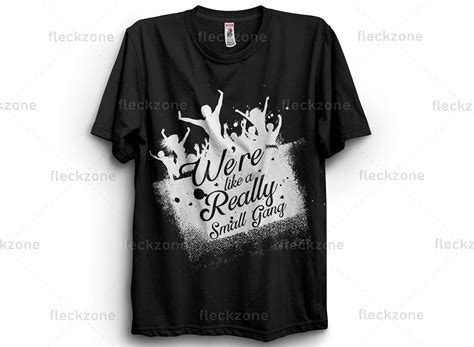
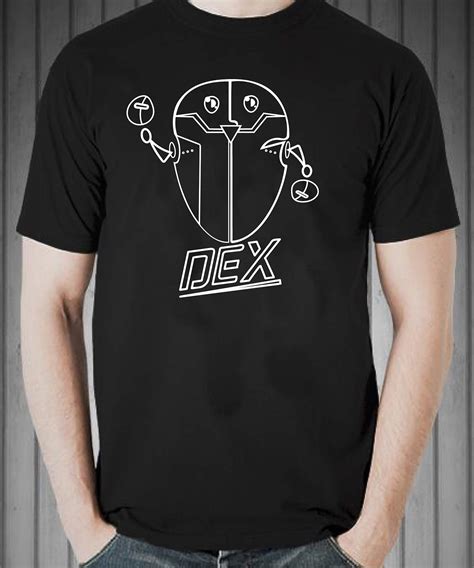
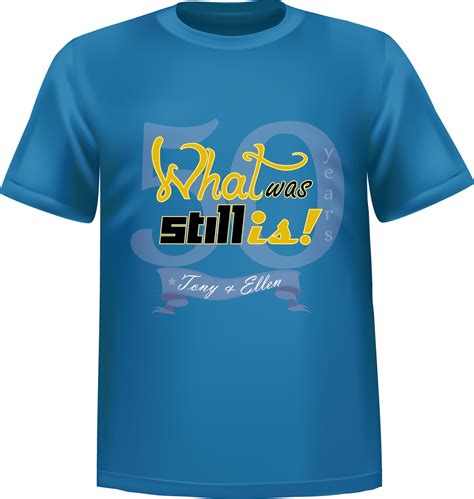
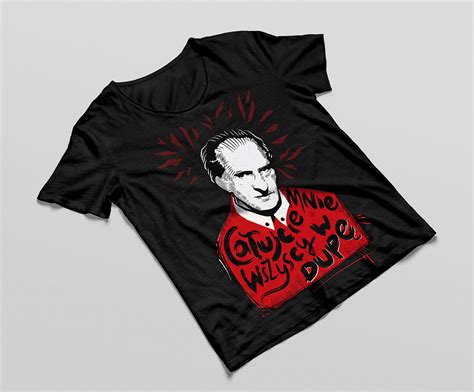
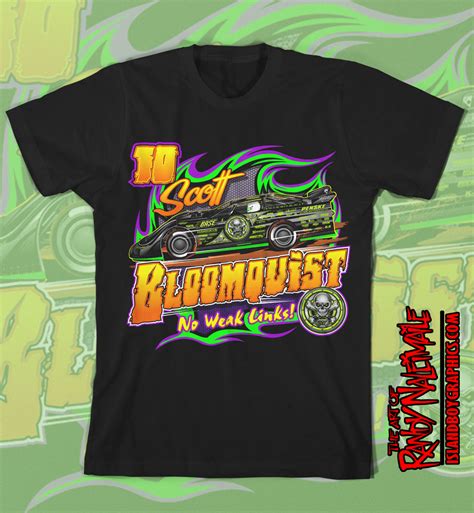
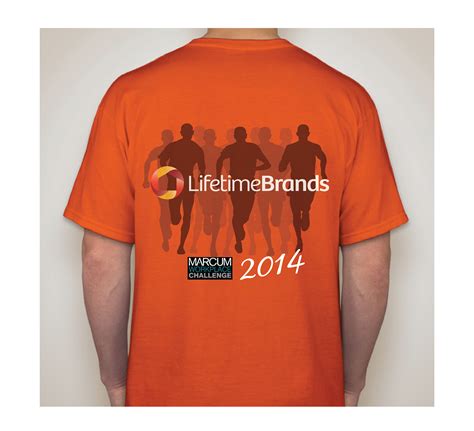

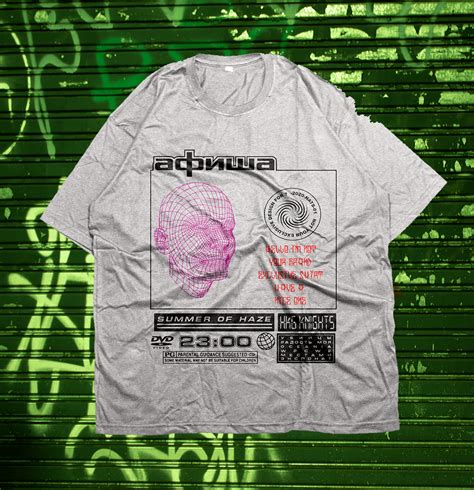
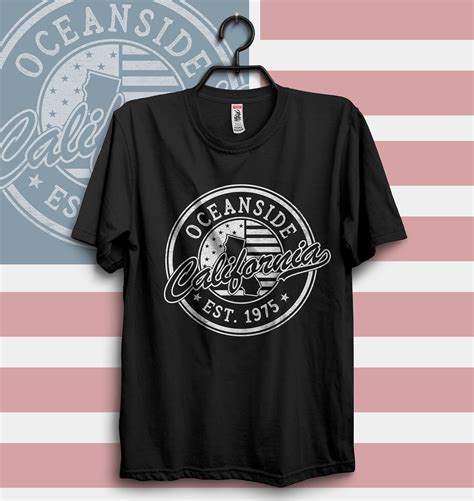
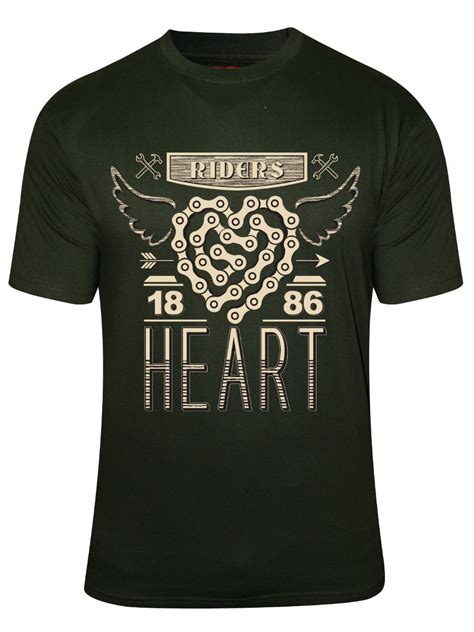
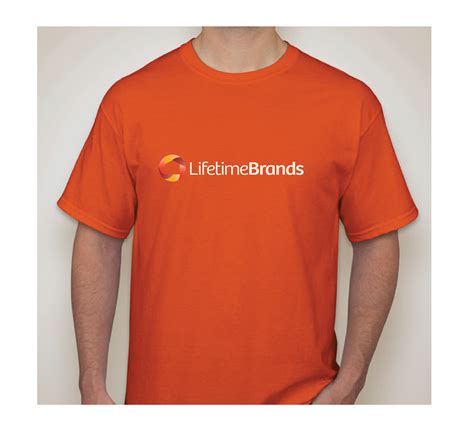
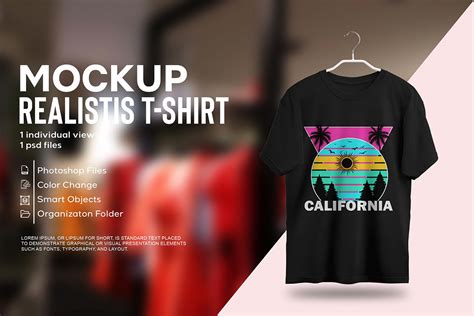
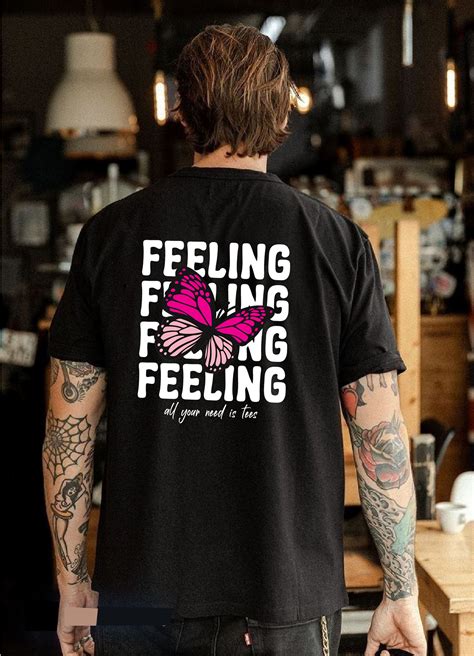
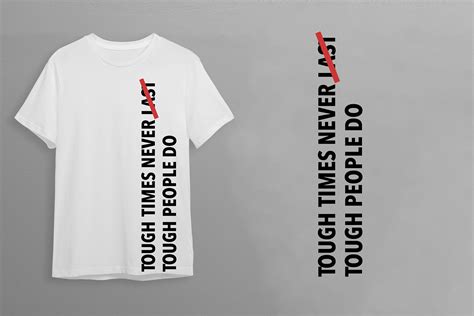

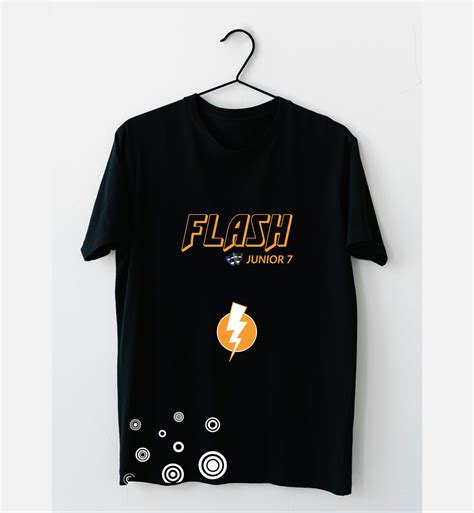
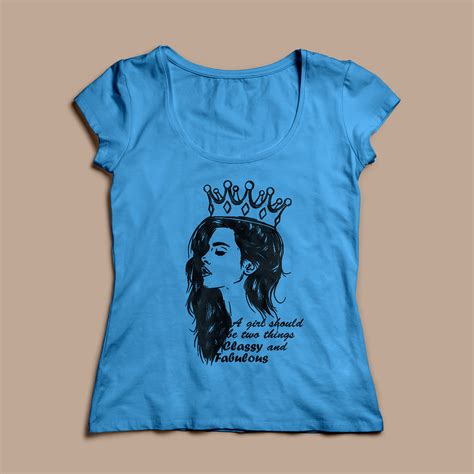
Leave a Reply
Your email address will not be published.